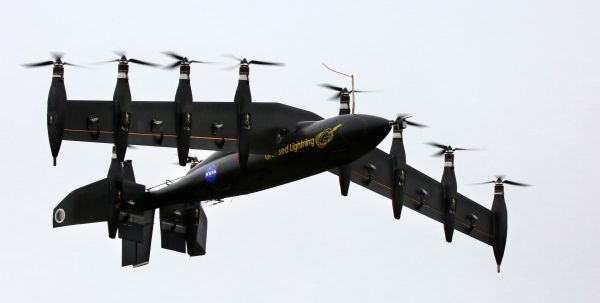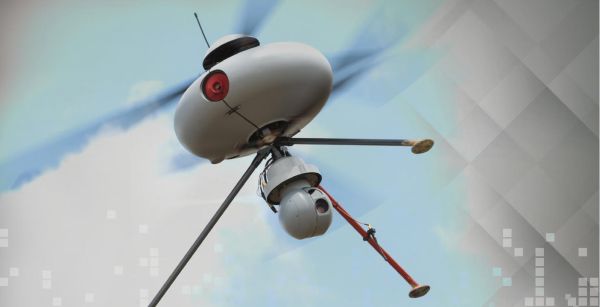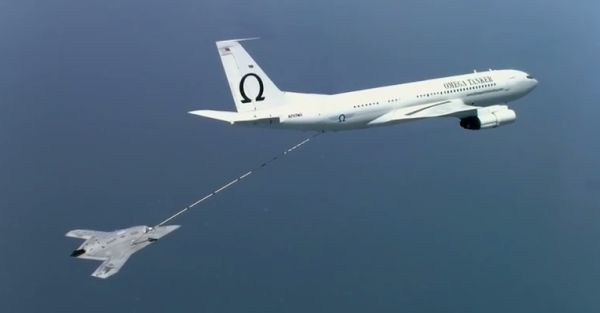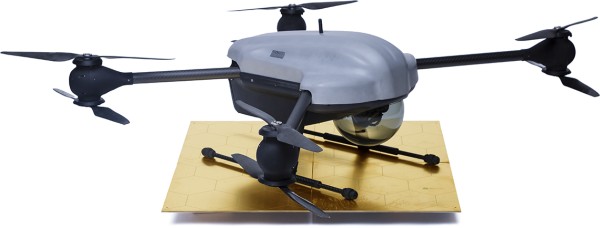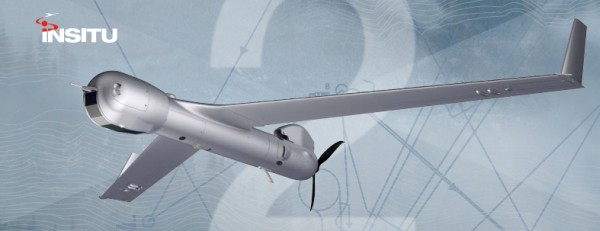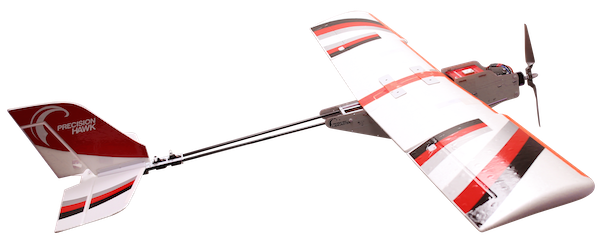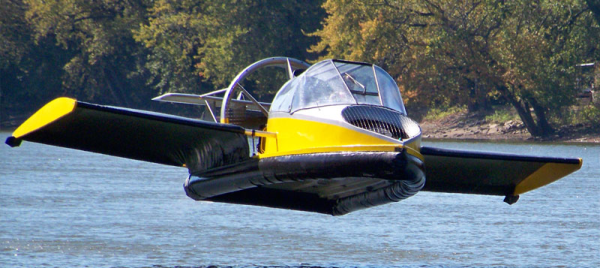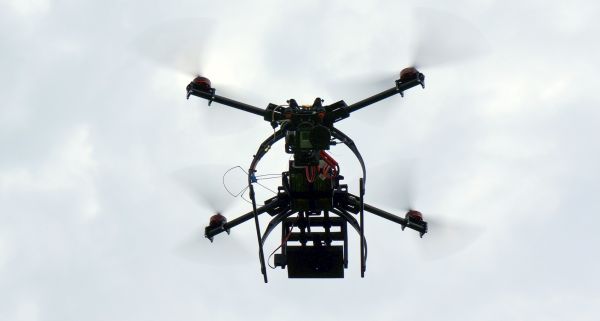Podcast: Play in new window | Download (Duration: 33:38 — 19.3MB)
Subscribe: Email |
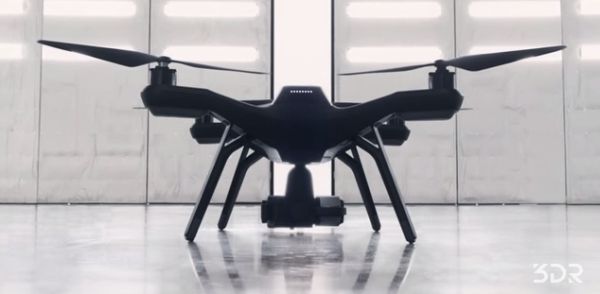 DJI and 3D Robotics introduce new quadcopters, more FAA exemptions, EASA looking at RPAS regulations, and export control implications for drones.
DJI and 3D Robotics introduce new quadcopters, more FAA exemptions, EASA looking at RPAS regulations, and export control implications for drones.
News
DJI introduced the Phantom 3 in two models, the Professional at $1259 and the Advanced at $999. The Professional offers a 1080P 4K camera. Both come with the Lightbridge Technology offering real-time HD Video from up to a mile away. The DJI app now includes a flight simulator.

3D Robotics released a teaser video for a new quadcopter to be introduced April 13th. It looks like the styling team took a page from the DJI Phantom book. Engadget believes it will have first person view out of the box, a pre-programmable flying route, perhaps follow-me settings, and a new gimbal design.
A few weeks ago, 3D Robotics launched “DroneKit,” an open-source API for writing drone apps. It works with any drone that uses its APM autopilot. With the API, developers can write web-based and mobile apps, as well as apps written in Python that run on the drone itself.
The FAA approved 30 more commercial UAS exemptions, including exemptions for insurance companies USAA and AIG. In a press release (FAA Approves Drone Petition), USAA says, “The Federal Aviation Administration approved USAA’s petition on April 2 to conduct research and development on its new unmanned aircraft system (UAS) program to better serve members, especially after catastrophes.”
The FAA approved USAA’s use of a PrecisionHawk drone for daytime, line-of-sight flights under 400 feet with a trained pilot. USAA will work with PrecisionHawk to develop best practices, safety and privacy protocols, and procedures for future operational use.
In another press release (It’s Wheels Up with ‘Transformative Technology’) written before the petition was submitted, USAA provides some examples of the applications they have in mind:
“We’re constantly seeking ways to better serve our members, especially during catastrophes, when getting into neighborhoods immediately after can be dangerous to human life, and applying new technologies is one way we can do that,” says Alan Krapf, president, USAA property and casualty insurance group.
USAA has teamed up with Texas A&M University to research and develop how to effectively put UAS to work for its members. This is being conducted with the University’s Roboticists Without Borders and Center for Robot-Assisted Search and Rescue (CRASAR).
Also granted exemptions were AeroVironment for agriculture, aerial survey, and patrol applications, and senseFly for precision agriculture.
The total number of approved exemptions is now 99. The FAA has received 700 applications.
EASA (the European Aviation Safety Agency) published an ‘EASA Opinion’ with proposals for the future of the aviation regulatory system. They include proposals for Remotely Piloted Aircraft Systems (RPASs).
As part of implementing a General Aviation Road Map, EASA proposes to amend existing regulations to introduce, “…the necessary flexibility for small, low-risk GA as well as for Remotely Piloted Aircraft Systems (RPASs) by introducing provisions which will allow possible deviations from existing requirements, where appropriate.”
The U.S. Department of State conducted a UAS policy review and has issued a new policy that governs the export and subsequent use of commercial and military unmanned systems. The new policy could allow export of weaponized UAS to U.S. allies, under certain circumstances and uses.
The policy also could also allow export of more types of commercial UAS to other countries, subject to compliance with U.S. laws and regulations and applicable multilateral commitments.
The U.S. Export Policy for Military Unmanned Aerial Systems fact sheet contains additional information.
In the United States, there are two sets of export regulations that would apply to drones, related components, systems, software, and technology:
U.S. exporters of drones, related systems, and technologies should pay close attention to these regulations.
Video of the Week
3D Robotics teaser of their new quadcopter to be unveiled April 13, 2015.
Mentioned
Listener Bill sends in How SDG&E trains drone operators to help restore power.
San Diego Gas & Electric becomes the first utility company approved by the FAA to use unmanned aircraft systems. The company is looking at applications for its 26,000 miles of power lines.
Reminder
Visit http://theUAVdigest.com/nprm and you’ll be redirected to the regulations.gov web page where you can find the NPRM and submit your comments online on or before April 24, 2015.
 We talk with the founder and CEO of a startup that is providing commercial UAS services for precision agriculture and other industries.
We talk with the founder and CEO of a startup that is providing commercial UAS services for precision agriculture and other industries.
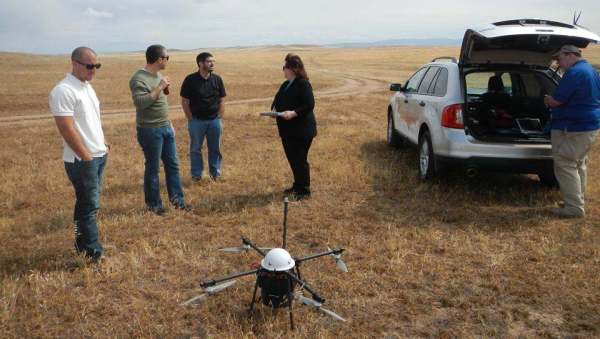

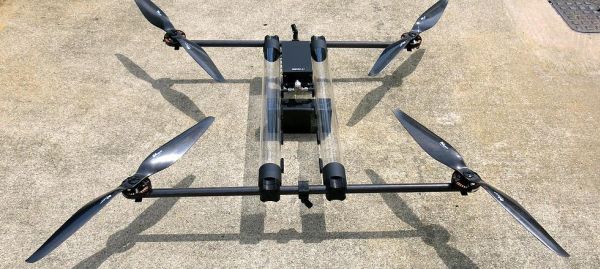
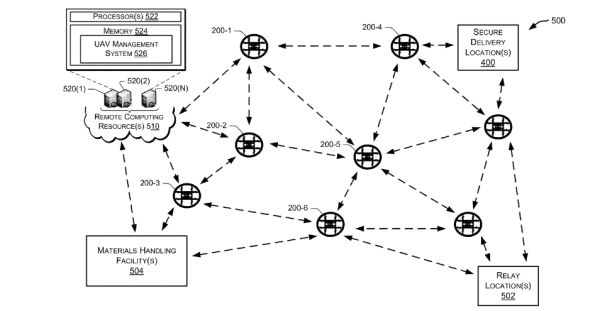 Amazon patents package delivery by drone, using drones to plant trees, a new Israeli UAV company, another manned aircraft maker goes unmanned, and the Arctic becomes a no drone zone.
Amazon patents package delivery by drone, using drones to plant trees, a new Israeli UAV company, another manned aircraft maker goes unmanned, and the Arctic becomes a no drone zone.